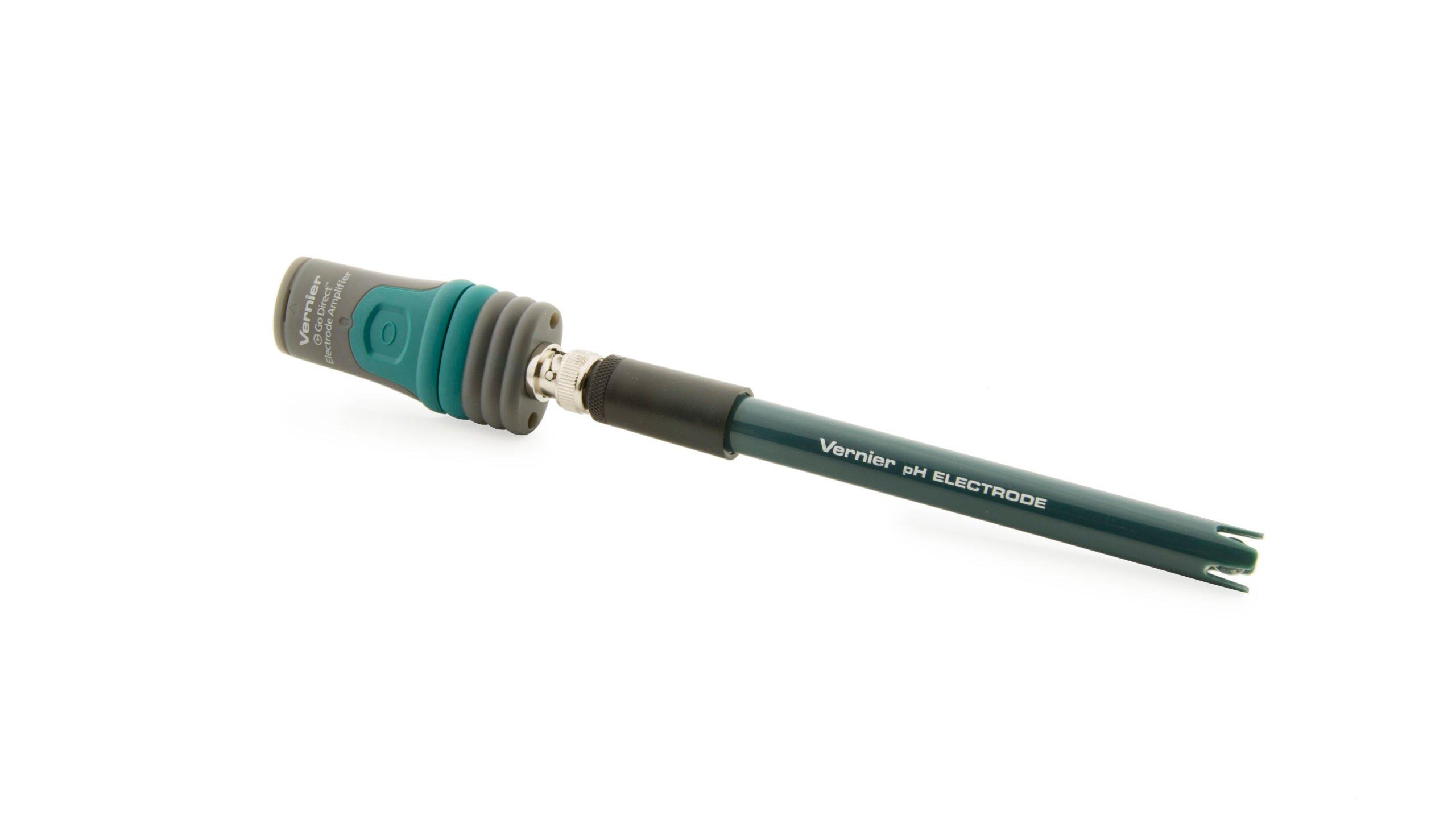Separation and Qualitative Analysis of Cations
Experiment #14A from Advanced Chemistry with Vernier
- Education Level
- High School
Introduction
When a chemist conducts a qualitative analysis, the primary goal is to identify the substances that are present in a mixture. It is important to separate substances from each other in a mixture, so that a confirming test can be as definitive as possible. After a thorough qualitative analysis investigation, it would be nice to say, for example, that potassium is present instead of saying merely that an alkali metal is present.
Conducting a qualitative analysis, or “qual scheme” as it is sometimes nicknamed, is a methodical process that requires great care. A qual scheme can be used to identify a wide variety of substances; in this experiment, you will focus on ions. It is fascinating to seek and identify a substance based on an established pattern of chemical behavior. You will see some very interesting things during this experiment, things that will help you understand more about the nature of cations and anions.
Consider this experiment to be more of a research project than a simple series of tests. In this experiment, you will place almost all of your emphasis on conceptual and theoretical information about the chemical behavior of ions. Other than careful measuring, there is no data to gather, graph, or examine in a qual scheme.
Objectives
In this experiment, you will
- Prepare and analyze a solution that contains ten selected cations.
- Analyze an unknown solution that contains a selection of cations.
Sensors and Equipment
This experiment features the following sensors and equipment. Additional equipment may be required.
Option 1

Option 2

Ready to Experiment?
Ask an Expert
Get answers to your questions about how to teach this experiment with our support team.
- Call toll-free: 888-837-6437
- Chat with Us
- Email support@vernier.com
Purchase the Lab Book
This experiment is #14A of Advanced Chemistry with Vernier. The experiment in the book includes student instructions as well as instructor information for set up, helpful hints, and sample graphs and data.

